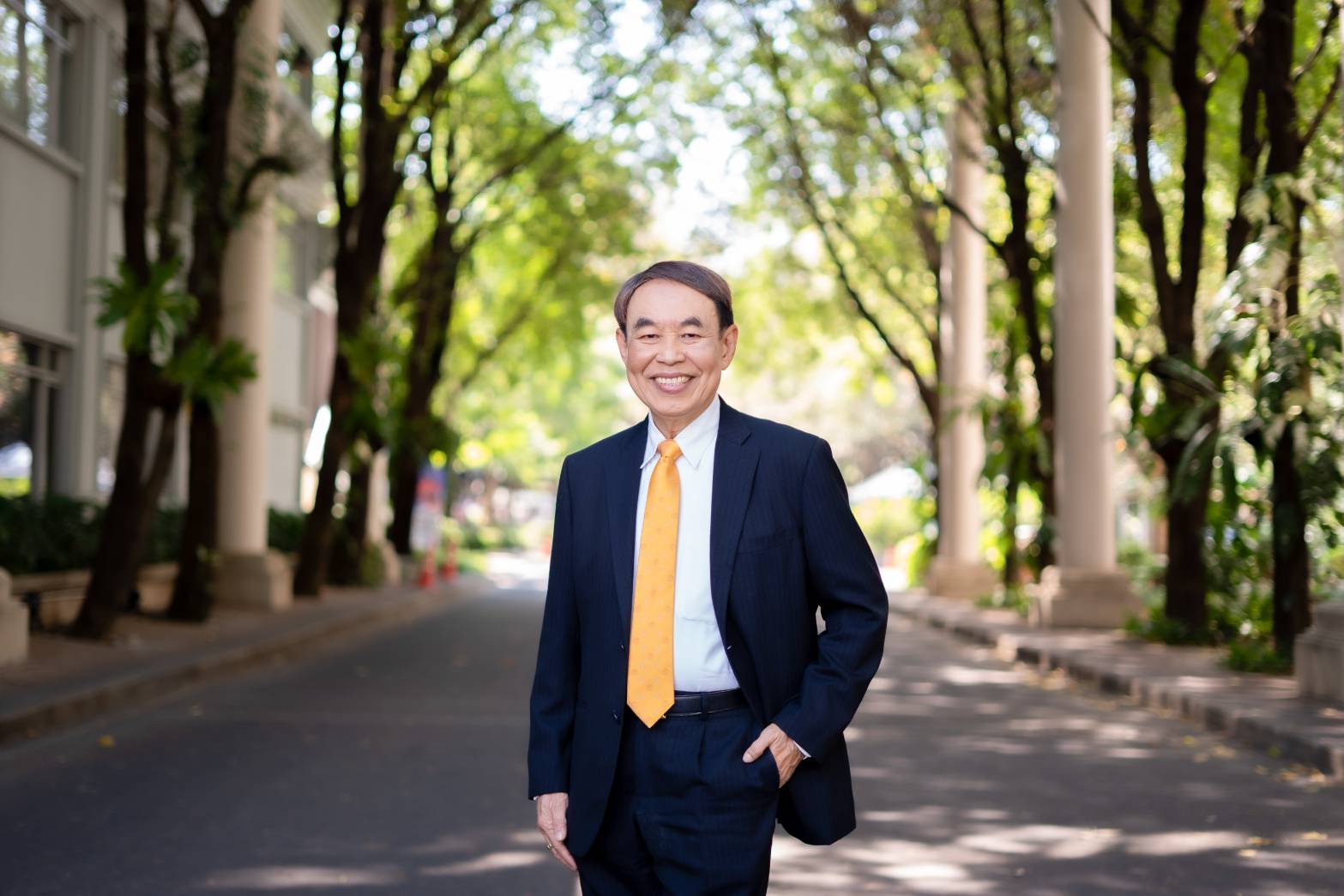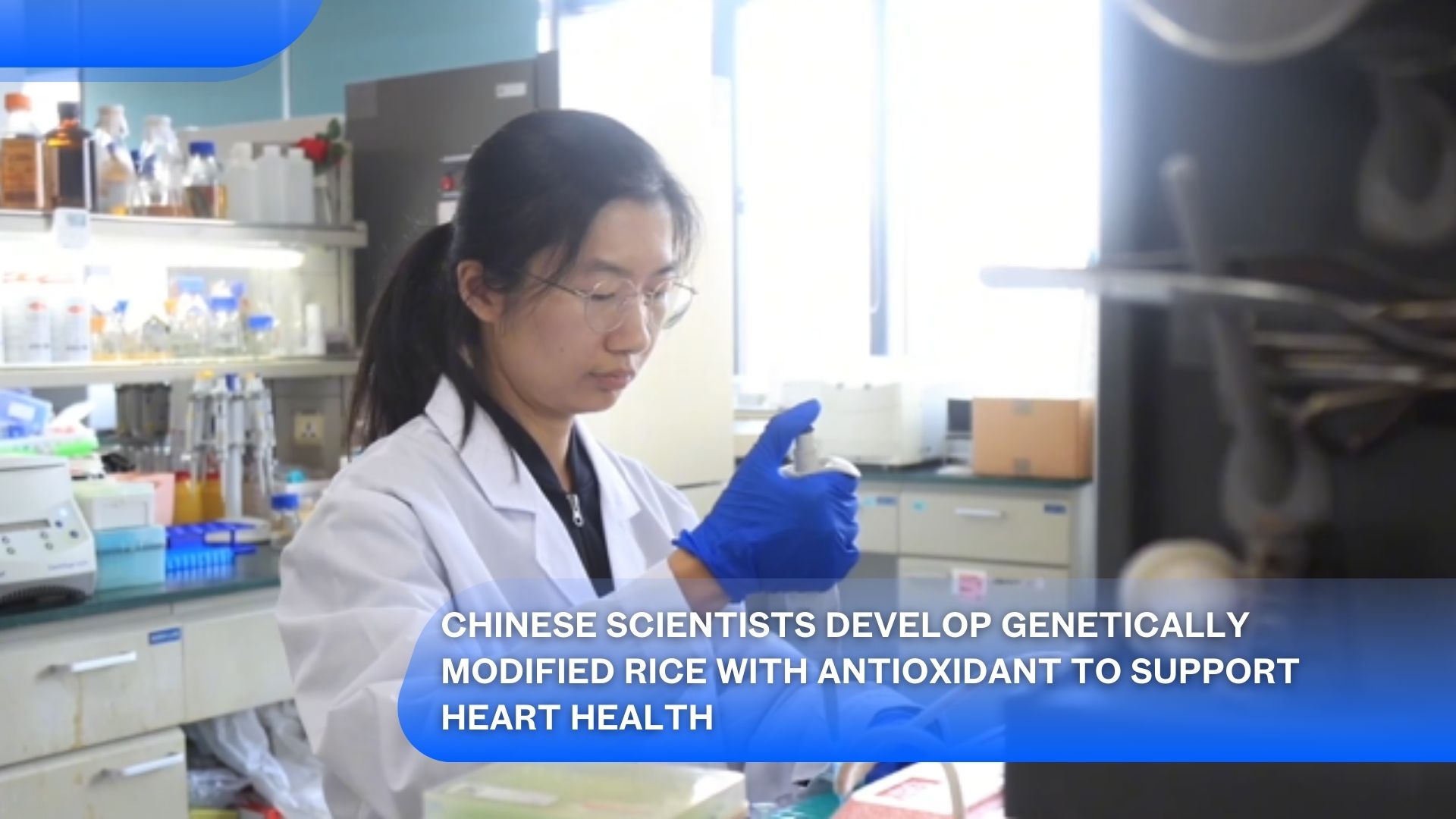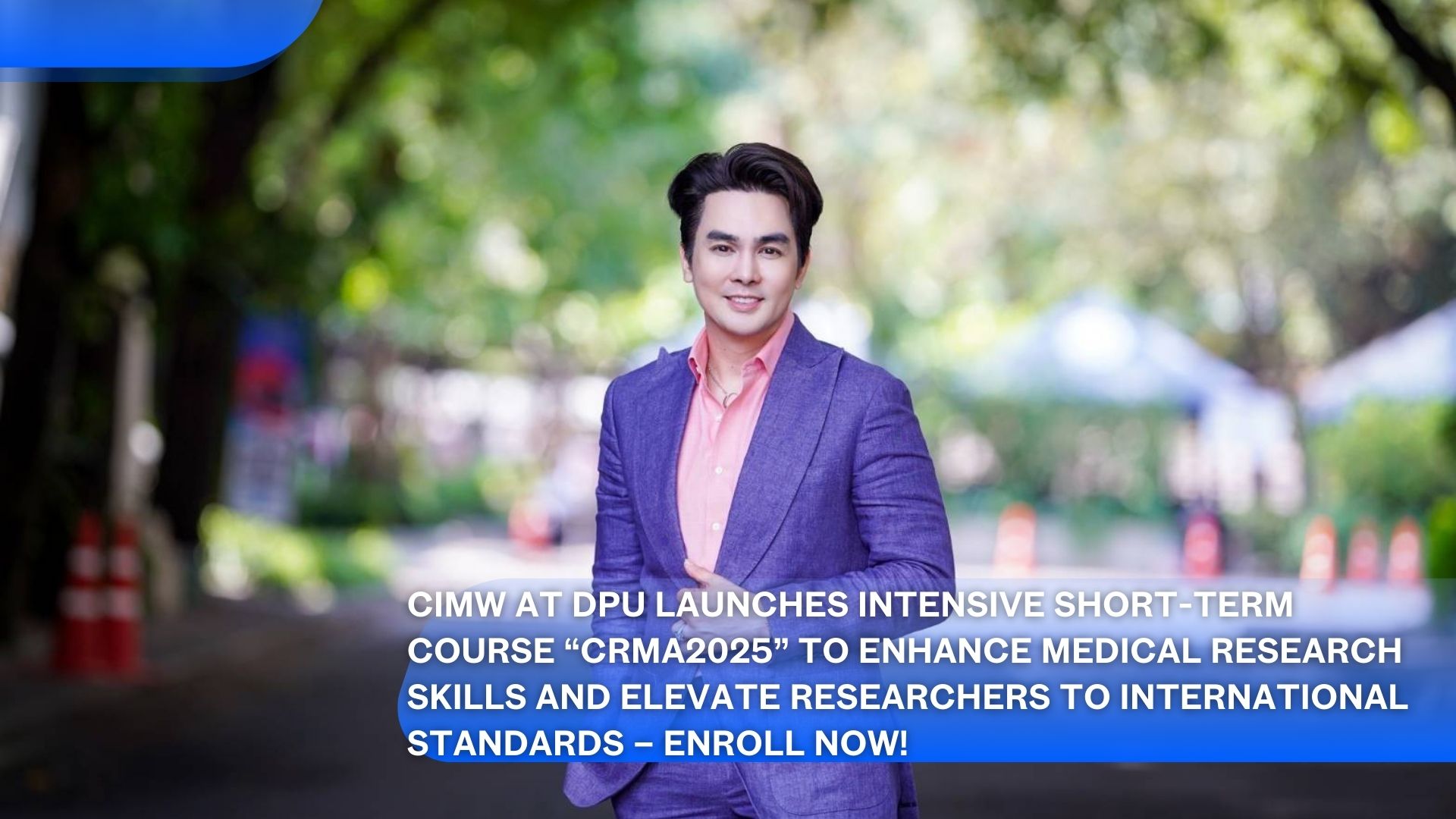ArokaGO News
•February 18, 2025
Asst.Prof.Dr. Pansak Sugkraroek Shares Lifestyle Insights for Longevity and Sustainable Well-Being
Amid the fast-paced life in big cities and the recent PM2.5 pollution crisis, which has reached a level considered a "health hazard," many are left wondering if a long and healthy life is still possible given the uncontrollable environmental factors. To explore this question, we spoke with Asst.Prof.Dr. Pansak Sugkraroek, Advisor to the Dean for Anti-Aging and Health Restoration at the College of Integrative Medicine (CIMw) at Dhurakij Pundit University (DPU), to find answers and pathways to a life full of energy and balance, both physically and mentally.
The ArokaGO Reporter
February 18, 2025

Amid the fast-paced life in big cities and the recent PM2.5 pollution crisis, which has reached a level considered a "health hazard," many are left wondering if a long and healthy life is still possible given the uncontrollable environmental factors. To explore this question, we spoke with Asst.Prof.Dr. Pansak Sugkraroek, Advisor to the Dean for Anti-Aging and Health Restoration at the College of Integrative Medicine (CIMw) at Dhurakij Pundit University (DPU), to find answers and pathways to a life full of energy and balance, both physically and mentally.
Asst.Prof.Dr. Pansak Sugkraroek, from College of Integrative Medicine, is not only an expert with deep knowledge in health sciences but also someone who sees simple yet effective ways to achieve longevity. His research and studies reveal that good health is not solely dependent on advanced medical treatments or technology but rather on creating a lifestyle that aligns with nature and human spirituality.
As DPU is recognized as a "Green University," focusing on promoting health and sustainable quality of life for its students, Asst.Prof.Dr. Pansak Sugkraroek is well-equipped to share insights from his research and the "Wellness" curriculum. His knowledge, shared in this interview, is not just advice but a key to building a life full of vitality and true health.

Asst.Prof.Dr. Pansak Sugkraroek
Lifestyle Adjustments for Good Health and Longevity
A long life with good quality, energy, and the ability to live meaningfully is something everyone desires. Achieving sustainable well-being requires integrating work, rest, diet, exercise, mental relaxation, mindfulness, and harmonious social living seamlessly. This holistic approach forms the foundation of wellness, leading to a long and vibrant life.
Human life relies heavily on nature. To maintain good health, free from premature aging and illnesses, and to preserve youthful vitality until the end of life, one must align their lifestyle with their genetic makeup and biological clock (Circadian Rhythm). Adapting to natural and environmental rhythms is key to achieving well-being and longevity.
Insights from Longevity Hotspots
Several studies have mapped regions where people live longer and healthier lives compared to other parts of the world. The first notable publication by National Geographic nearly 20 years ago identified four such areas: Okinawa in the Pacific Ocean, the Altai Valley in northwest China, Crete in the Mediterranean, and Napa Valley in California, USA.
Later, medical teams explored these regions to scientifically explain the reasons behind their inhabitants' longevity. They identified five additional areas: Bama Village in Guangxi, Hetian Village in Xinjiang, China; Hunza Valley in Pakistan; the Caucasus Mountains in Georgia; and Vilcabamba in Ecuador.
Most recently, National Geographic highlighted five "Blue Zones" where people live significantly longer and healthier lives: Okinawa, Japan; Sardinia, Italy; Ikaria, Greece; Loma Linda, California; and Nicoya Peninsula, Costa Rica. These regions are not only known for longevity but also for the rarity of age-related diseases.
Living Simply and Happily
Statistical analysis of lifestyle, diet, climate, and daily routines in these longevity hotspots reveals common traits: they are often remote, free from environmental pollution, and have access to clean, mineral-rich water. Residents consume organic, plant-based diets, avoid processed foods, and lead active, outdoor lifestyles. They benefit from ample sunlight, which provides vitamin D, boosts immunity, and supports anti-aging hormones.
Community living is another key factor. People in these areas work together, maintain strong social bonds, and exhibit high levels of friendliness and positivity. They find happiness in simplicity, contentment, and making others happy, often engaging in social activities and contributing to their communities.
A simple diet based on local, fresh, and unprocessed foods ensures high nutritional value. Traditional food preservation methods and cooking techniques that avoid high heat or unhealthy fats are common. Diets rich in seasonal fruits and vegetables, olive oil, and fish fats help reduce inflammation and improve blood circulation, forming the foundation of good health and longevity.
Regular physical activity promotes blood circulation, stimulates anti-aging hormones, strengthens muscles, and ensures quality sleep, aiding in daily recovery and rejuvenation. It also boosts natural hormone production, preventing premature aging.
Living in areas free from materialistic development and electromagnetic disturbances allows the body's systems to function harmoniously. This results in more efficient and prolonged use of the body, contributing to overall health and longevity.
In summary, adopting a lifestyle that aligns with nature, maintaining a balanced diet, staying physically active, and fostering strong social connections are essential for achieving a long, healthy, and fulfilling life.

Chinese Scientists Develop Genetically Modified Rice with Antioxidant to Support Heart Health
February 18, 2025

CIMw at DPU Launches Intensive Short-Term Course “CRMA2025” to Enhance Medical Research Skills and Elevate Researchers to International Standards – Enroll Now!
February 19, 2025